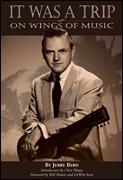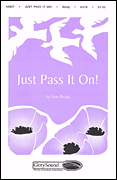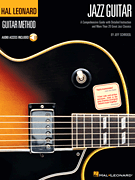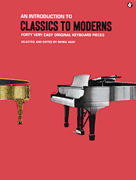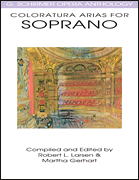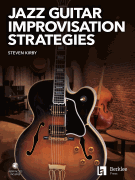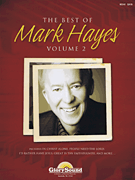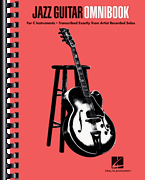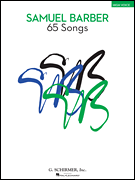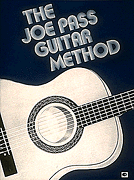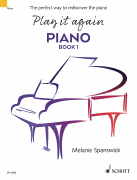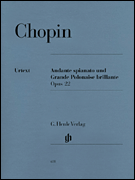Search Results for: “Pass It On”
Loading...
MILWAUKEE, 9.21.23—College life can be demanding, but music has always been a source of solace and inspiration. Recognizing the profound impact of music on individuals, Sheet Music Direct, the digital sheet music platform powered by Hal Leonard, has launched PASS for Students. This exclusive offering is designed to keep the magic of music alive in the lives of college students, whether they're pursuing a music degree or simply seeking the benefits of musical expression.
Countless scientific studies have demonstrated the beneficial effects of music on both the soul and the brain, qualities that become especially essential during one's college years.
With PASS for Students, Sheet Music Direct aims to be a companion for students, supporting their musical journey while they navigate academic challenges.
PASS for Students offers unlimited access to a vast digital sheet music library, all for the affordable price of $4.99 per month or $49.99 per year – that's 50% off the standard subscription rate.
Key Features of PASS for Students:
- Limitless Variety: Students gain access to over one million arrangements spanning all instruments, genres, and skill levels, including pieces from top artists, composers, movies, Broadway shows, and more.
- Versatile Access: Sheet Music Direct is accessible from any device, whether you prefer using iPhone or iPad apps or the mobile-friendly website, ensuring that music is always at your fingertips.
- No Strings Attached: The subscription is commitment-free, allowing students to cancel anytime. It's designed to adapt to the ever-changing demands of college life.
"College life can be demanding, and we appreciate the sacrifices students make to pursue higher education," affirmed Chris Koszuta, Vice President of Digital & eCommerce at Hal Leonard. "Having been through those years ourselves, we want to support students in pursuing their musical passions without financial strain. Music has the power to provide solace and relaxation during the academic journey, and we hope PASS for Students will be their gateway to affordable musical exploration and a well-deserved break from the demands of college."
PASS for Students is open to students enrolled in 2- and 4-year colleges and universities, offering savings of 50% on both monthly and annual subscription plans for up to four years.
Learn more about the Sheet Music Direct PASS for Students at:
sheetmusicdirect.com/pass-for-students
Sheet Music Direct is available online at www.sheetmusicdirect.com.
5/16/23—Hal Leonard has announced the results of its 2023 Hal Leonard Vocal Competition. Established in 2011, it was one of the first legitimate music competitions held entirely on YouTube. Eligible singers from the US and Canada were able to enter, with no entry fee.
There were over 1000 entries this year in two divisions: Art Song and Musical Theatre. Four age categories comprise each: Children (ages 12 and under), Early Teens (ages 13-15), High School (ages 16-18), and College Undergraduates (ages 18-23). Hal Leonard awards over $10,000 in cash and gift certificates in its support of vocal music across North America, recognizing the accomplishments of singers and their voice teachers.
Art Song first-place winners in 2023 included Donna Megules of Medford, NJ; Katherine Ryan of Pearl River, NY; Maximus Taylor of Louisville, KY; and Sarah Fleiss of Philadelphia, PA.
Musical Theatre first-place winners were Vinya Chhabra of East Brunswick, NJ; Lily Yezdanian of Clifton, NJ; Lauren Huserik of Renton, WA; and Anna Zavelson of Ann Arbor, MI.
Rick Walters, Vice President of Classical & Vocal Music, stated: “We began the Hal Leonard Vocal Competition in 2011, and since then thousands of singers have entered, and we thank them for it. So many teachers have been longtime devotees to the competition. We have been happy to provide an outlet for achievement, as some past winners from the competition have become professional singers and performers. Sadly, 2023 will be the final year of the competition. As founder of the competition and head of the judging panel, I am retiring after 39 years at Hal Leonard and we have decided to retire the competition as well."
Information about the contest, as well as a complete listing of winners and top-placing videos for 2023–and previous years–may be found at halleonard.com/vocalcomp. A printed list of all winners can be found here. Visit the Hal Leonard Vocal YouTube Channel here.
